Results 4,301 to 4,310 of 12096
Thread: Anandtech News
-
09-09-14, 01:01 PM #4301
Anandtech: Apple Announces A8 SoC
As expected from this year’s iPhone keynote, Apple has announced a new member of their internally developed family of ARM SoCs.
The latest SoC, dubbed A8, is Apple’s first SoC built on the 20nm process, and among the first SoCs overall to be built on this process. Apple notes that it has 2 billion transistors and is 25% smaller than the A7, which would give it nearly twice as many transistors as the A7 and would put the die size at about 89mm2.
From a performance perspective Apple is promising 25% faster CPU performance than A7. As is usually the case with Apple, they aren’t talking about the underlying CPU core – though this is a problem we’re working to rectify – so it remains to be seen how much of this is due to CPU architectural upgrades and how much is from clockspeed improvements afforded by the 20nm process. Apple just introduced their 64bit Cyclone core last year, so it stands to reason that just a year later and with the transition to 64bit already completed, A8 packs a CPU that is similar to Cyclone.
Meanwhile Apple is being even less specific about the GPU, but from their published baseline performance comparisons against the iPhone 1, the A8 is said to be 84x faster on graphics. This compares to a published figure of 56x for the A7, which implies that the A8’s GPU is 1.5x faster than the A7’s. Given Apple’s conservative stance on clockspeeds for power purposes and the die space gains from the 20nm process, it seems likely that Apple has upgraded from a 4 core PowerVR GPU to a 6 core PowerVR GPU, likely the flagship GX6650, which would account for the 50% performance gain right there.Apple SoC Comparison CPU Perf GPU Perf Die Size Transistors Process A7 40x 56x 102mm >1B 28nm A8 50x 84x ~89mm ~2B 20nm
Finally, Apple notes that the A8 is designed to be 50% more energy efficient than the A7. Some of these efficiency gains would come from gains due the 20nm process, however this large of a gain would indicate that Apple has done additional work at the architectural level to improve efficiency, as smaller manufacturing nodes alone do not see these kinds of gains.
More...
-
09-09-14, 01:01 PM #4302
Anandtech: Apple Announces iPhone 6 and iPhone 6 Plus
Today, Apple is launching the new iPhone 6 and iPhone 6 Plus. One of first changes is that the new iPhone 6 has a 4.7" display that has a 1334x750 display, and the iPhone 6 Plus has a 5.5" 1920x1080 (1080p) display. The thickness of of the 4.7" model is 6.6mm and the 5.5" model is 7.1mm. The displays will have higher contrast, better peak brightness, and better viewing angles according to Apple. This suggests that the iPhone display has a chevron shape to its subpixels to improve viewing angles. The glass also has a 2.5D curve similar to the HTC One X and Samsung Galaxy S3 for a smooth feel when swiping off the edge of the phone.
iOS is also adapted to the new larger iPhone 6 Plus' display by adding landscape views for many native applications that are two pane. In addition, in order to work with the differing resolutions Apple has added a "desktop-class scaler" to avoid incompability issues with applications that aren't aware of the new displays. These displays are known as Retina HD.
The new A8 powers both of these iPhones, and has 2B transistors compared to 1B the A7. It's also built on 20nm but it's unclear whether this is TSMC, Samsung, or both.
Apple also claims 50% higher performance on the A8 and is also emphasizing that this new SoC can do better sustained performance over time compared against other smartphones. The GPU is supposed to be a GX6650.
Apple is also emphasizing that battery life on the iPhone 6 improves from the iPhone 5s as the LTE browsing value for the iPhone 6 is constant while it improves for the iPhone 6 Plus to 12 hours.
There's also a new M8 coprocessor which detects distance and elevation for better fitness tracking, which is achieved by using a barometer to measure relative air pressure which is used for the health application in iOS 8.
Apple is also finally introducing MDM9x25 with carrier aggregation and VoLTE. This means that there's a dual transceiver solution in the iPhone 6 devices. On the same line, Apple is finally adding 802.11ac to its smartphones and has worked on enabling seamless WiFi calling that goes from WiFi to cellular networks.
On the camera side, we see a new 8MP sensor which adds phase detection auto focus for faster autofocus, which means up to 2x speed. There's also better local tone map and better noise reduction in addition to the PDAF system that was first seen in the Samsung Galaxy S5. Panoramas can now be up to 43MP in total resolution and a better gyroscope reduces stitching errors.
There's a brand new ISP in the A8 SoC as well, which is likely to be named the H7 ISP if we follow from the A7. There's one feature that the iPhone 6 Plus does have that the iPhone 6 doesn't have for the camera, which is optical image stabilization to reduce handshake. It appears that the entire module is floating instead of just a VCM-based lens stabilization system. There's also a timelapse feature. The PDAF also helps with continuous AF in video that avoids all of the breathing effects that come with conventional contrast-based focus.
The front facing camera also has a better sensor, f/2.2 aperture, single photo HDR, HDR video, and burst shot on the front facing camera.
Both will launch with iOS 8, which has QuickType that we've talked about at the WWDC keynote in addition to Extensibility which allows for TouchID auth in third party apps.
There are new silicone and leather cases with gold, silver, and space gray. The iPhone 6 starts at the usual 199 for 16GB, 299 for 64GB and 399 for 128GB. The iPhone 6 Plus comes in the same colors at 299 for 16GB, 399 for 64GB and 499 for 128GB. The iPhone 5s is now 99 USD on 2 year contrast, and the iPhone 5c is free. The new phone will ship on September 19th and preorders begin on September 12th.
Edit: There's also an Apple Pay system in iPhone 6 and 6 Plus which uses NFC along the top of the phone. This has an encrypted secure element likely on the NFC chip and credit cards are added through Passbook and validation for a purchase can be done using TouchID.
Apple has reassured security concerns by saying that Apple cannot know what is purchased and the cashier cannot see the credit card number or any information to ensure security. Online payment is also handled by Apple Pay which is a one-touch solution using TouchID and one time number from the secure element.
More...
-
09-09-14, 02:02 PM #4303
Anandtech: Apple iOS 8: Available September 17th
Alongside the launch of the launch of the iPhone 6 family, Apple is also prepping for the launch of iOS 8. The iPhone 6 family will of course ship with iOS 8 as their base OS, meanwhile Apple has announced that iOS 8 will be available as an upgrade for compatible devices on September 17th, 2 days before the iPhone 6 ships.
As Apple has already announced iOS 8 back at WWDC 2014, we won’t spend too much time recapping it here. Notable new features for iOS 8 include the low level Metal graphics API, new keyboard functionality, notification enhancements, and hands-free Siri.
Meanwhile for compatibility, Apple has confirmed that iOS 8 will be coming to A5 and higher devices. This includes the iPhone 4S, iPad 2, and iPod Touch 5th Gen, along with their respective successors including the iPhone 5 and iPad Mini. In practice this means that iOS 8 will run on anything iOS 7 ran on other than the iPhone 4, which was the sole A4 device to run that OS.
More...
-
09-09-14, 02:02 PM #4304
Anandtech: Apple Announces the Apple Watch
Apple has thrown their hat into the wearable ring with the Apple watch, which tries to bring a better user experience to the watch without trying to adapt iOS to the watch with multi-touch gestures that we're familiar with on the iPhone.
There's a single crystal sapphire display, a digital dial crown that acts as a home button and a scroll system. There's also a strong emphasis on haptic feedback which allows for linking of watches to share notifications by sending taps in any possible pattern. This is done by using a force sensitive touchscreen, which is a method of navigating along with the scrolling dial. This allows for subtle communication that doesn't rely on obvious sound or gestures. It's also possible to send taps based upon pulse/heart beat.
There are IR lights and sapphire lenses on the back of the watch for heart rate and serves as a magnetic alignment wireless charging system. The accuracy of the watch is no more than 50 milliseconds off at any time.
In order to support this watch, Apple has also designed a custom SoC called S1, likely for battery life and sensor integration and reduction of board area.
There are six different straps that are easily exchanged. The sport band has multiple colors and is some kind of rubber. There's a leather sports strap which has multiple magnets to ensure that the fit works correctly. There's also a traditional leather strap and a stainless steel link bracelet. There's also a stainless steel mesh band that is infinitely adjustable. There are also two versions of each watch edition, one larger and one smaller.
The Apple Watch also has NFC and will work with Apple Pay.
There are actually three variants though, which include the standard Apple Watch, Watch Sport, and the Watch Edition which has 18 karat gold for the casing. The sport edition has a anodized aluminum casing.
The Apple Watch must be paired with an iPhone to work properly. It starts at 349 USD and will go on sale early 2015.
More...
-
09-09-14, 06:30 PM #4305
Anandtech: Understanding Dual Domain Pixels in the iPhone 6 and iPhone 6 Plus
In the launch announcement, Apple announced that their new display had dual domain pixels, which improved viewing angles. Unfortunately they dropped the subject at this, which make for a lot of room for confusion. Anyone that does a cursory analysis through Google will only find references to this type of display in monitors for medical use or similarly technology used by IBM monitors.
However, dual domain pixels are actually not as complicated as they seem. In fact, this is a display technology I remember seeing with the announcement of LG’s AH-IPS technology back in 2011. For those interested in the technical definition, dual domain pixels refers to the fact that the electrodes in the pixels aren’t all aligned. Instead, they’re skewed when viewed from the perspective of the lines defined by the rectangular edges of the display. Because these subpixels are skewed, it’s possible to compensate for uneven lighting that occurs because each individual subpixel is viewed at a different angle, which causes a change in color and a faster fall-off of contrast.
At any rate, this is easiest to explain with a photos. Above, we see the pixel layout of the iPhone 5. This is the standard rows/columns of pixels, and not really news to anyone that knows how displays work. Let's look at a dual domain arrangement next.
Anyone that has tried the HTC One (M7) or One X will probably understand the effect of this change as these phones have had this type of skewed subpixel format to get better viewing angles and less color shifting with changes in viewing angles. This can carry some risk though as black backgrounds may have some color shifting towards purple instead of yellow/blue, which can look strange but is quite subtle in my experience. There's really not too much in the way of disadvantages, so I look forward to seeing how Apple's new displays do in our tests.
More...
-
09-09-14, 06:30 PM #4306
Anandtech: Hands on with the iPhone 6 and iPhone 6 Plus
When it comes to the iPhone 6, one of the most immediate impressions will definitely be the industrial and material design. Going back to the launch of the original iPhone 5 one of the immediate impressions that we had was that the iPhone 5 felt incredibly light and thin. If nothing else, the same is true of the iPhone 6.
While the new iPhone 6 isn’t lighter than the iPhone 5, it feels incredibly thin compared to the iPhone 5s I had on hand for comparisons. In fact, the iPhone 6 feels a lot like the HTC 8X in terms of the thickness of the edge, but without the strongly sloped back to increase the size of the phone in the hand.
The size itself is also a key feature, and as I suspected the iPhone 6 feels very much like the One (M7) in size, which I still find to be a great fit and easily used with one hand. While it’s definitely possible for the iPhone 6 to be a bit bigger without being impossible to reasonably use with one hand, it manages to hit a good balance between ease of use with one hand and display size for media consumption.
Of course, the iPhone 6 Plus isn’t really easy to use with one hand, as just the 77.8mm width makes it difficult to reach across the display horizontally, much less from diagonally. It is definitely easy to hold with one hand though, and the rounded display feels great.
In terms of the design of the device, it’s clear that Apple had to break some trends that seemed to be present in previous iPhones. For one, the noticeable camera bump came from a need to maintain and/or improve camera quality while simultaneously driving down z-height overall, so there seems to have been an industrial design trade-off here for the sake of functionality. There’s also the relatively thick plastic lines which are a departure from previous designs but seem to be necessary for NFC capabilities. I’m personally unsure how I feel on these two design elements, but they may be an issue for some.
Looking past the size of the iPhone 6, there are a lot of noticeable subtle changes to the device compared to the iPhone 5s. In terms of low-hanging fruit, the side-mounted power button definitely helps with keeping a firm grip while turning on the phone, and I didn’t find any real issues when trying to turn the phone on or off. The slightly curved glass that helps to make for a smooth transition when swiping off the edge of the display is also a nice touch, although I’m concerned about the implications that this has for drop resilience and screen protectors. This is mostly based upon my past experience with such 2.5D displays, as traditional PET screen protectors generally don’t adhere properly to curved surfaces and Android phones with this type of cover glass tended to suffer from shattered displays more readily.
There are some changes that are subtle enough that I’m not sure if this is a product of production variance. In the iPhone 6 and 6 Plus that I tried, I noticed that the home button seemed to be closer to the display when compared to the iPhone 5s, and that the feel of the button was a bit more positive, although the click is still relatively subdued compared to the volume and power buttons.
One of the highlight features of the iPhone 6 Plus is optical image stabilization, but it appears that it doesn’t run during preview so it was hard to see just how much accommodation the system has and how it works. Although the announcement seemed to suggest that the module moves vertically and horizontally, it seems more likely that we’re looking at a VCM that shifts the lenses around to compensate for horizontal and vertical motion.
Overall, it was rather hard to really notice any difference in responsiveness as the iPhone 5s almost never stuttered or hesitated in my experience. The iPhone 6 similarly had no such issues when casually trying various features but a full review may show that this changes when used in real world situations.
Unfortunately, many of the features that Apple has implemented in this latest iteration seem to follow the same pattern as they aren’t easily demonstrated. For example, seeing exactly what Apple means by dual domain pixels effectively requires a microscope to clearly see what Apple is talking about, and really seeing a difference in color shifting, along with improved maximum contrast requires a dark room with little stray light.
More...
-
09-09-14, 07:00 PM #4307
Anandtech: IDF 2014: Intel Demonstrates Skylake, Due H2’2015
Taking place this week alongside the consumer electronics clamor is the annual Intel Developer Forum (IDF) at the Moscone Center in San Francisco. Though it has and continues to be first and foremost a developers conference, IDF also offers Intel a chance to unveil new products, and in more recent editions discuss and promote their plans for further breaking into the mobile market.
Diving right into the subject of Intel’s Core microarchitecture, with the Broadwell based Core M already in the process of launching, Intel is giving developers and the public a look at what comes after Broadwell. Already on Intel’s roadmaps for some time, Intel took to the stage at IDF14 to formally announce their next-generation Skylake architecture and to demonstrate its status.
In Intel terminology Skylake is the Tock to Broadwell’s Tick, offering a new microarchitecture atop the 14nm process first introduced with Broadwell. As is the case with every Core update, for Skylake Intel is shooting for significant increases in performance, power efficiency, and battery life. Since Skylake is built on the same 14nm process as Broadwell, Skylake is primarily an exercise in Intel’s architecture development capabilities, with its gains needing to come from optimizations in design rather than significant manufacturing improvements.Intel's Tick-Tock Cadence Microarchitecture Process Node Tick or Tock Release Year Conroe/Merom 65nm Tock 2006 Penryn 45nm Tick 2007 Nehalem 45nm Tock 2008 Westmere 32nm Tick 2010 Sandy Bridge 32nm Tock 2011 Ivy Bridge 22nm Tick 2012 Haswell 22nm Tock 2013 Broadwell 14nm Tick 2014 Skylake 14nm Tock 2015
At roughly a year out from launch Intel is not saying anything about the architecture or design at this time, but they are using IDF to showcase that Skylake is up and running. Demonstrating this, Intel showcased a pair of Skylake development systems. The first of which was a traditional open laboratory testbed that was running 3DMark, which was being used to showcase that the GPU and CPU portions of Skylake were running and performing well. The second demonstration was a completed laptop that was playing back 4K video, and is an early version of the hardware Intel will be shipping as the software development vehicle for developers next year.
Alongside their demonstration, Intel also announced a rough timeline for the volume production and availability of Skylake. Volume production will take place in H2’2015, with product availability slated for later in the year. With Broadwell being behind schedule due to a slower than planned bring-up of their 14nm process, there has been some question over what would happen with Skylake and Intel clearly wanted to address this head-on.
Consequently a big part of Intel’s message on Skylake is that the next generation CPU is already up and running and is in a healthy state, apparently unfazed by the earlier 14nm delays that dogged Broadwell. At the same time the H2’2015 launch date for Skylake means that it’s going to be out roughly a year after the first Broadwell parts, which means Intel still intends to adhere to their roughly 1 year product replacement cadence.
More...
-
09-09-14, 08:00 PM #4308
Anandtech: Quick Thoughts on Apple Watch
While I'm still unsure on what wearables should actually do, I managed to get some photos of the Apple Watch. Unfortunately I wasn't really able to find any units available for a hands-on, and as far as I can tell it wasn't possible to actually try any of the software yet. However, based upon what I've seen Apple brings at least a few great ideas to the table. The digital dial/crown is definitely one of them, as it opens up the door to all kinds of new possibilities for navigation that are currently either impractical or impossible for wearables that don't have this hardware feature. In addition, Apple's strong emphasis on personalization with two sizes, three editions, and six watch bands is something that all OEMs should pay attention to. Finally, the dedicated SoC for the Apple Watch is something that is absolutely necessary to enable a good user experience as space is so critical on these wearables. There's also no question that Apple has done a great job of focusing on industrial and material design, as it looks like all three versions of the watch have premium materials and excellent fit and finish. While it isn't clear what display is used, it seems likely that it's an OLED display judging by the amount of black in some of the watchfaces, although ambient lighting in the demo area made it hard to tell whether this was the case.
However, my reservations are largely similar to concerns that I have with all wearables. Ultimately, the Apple Watch must provide utility that's strong enough to make me turn around and get it if I forget it. As-is, I don't really think that even the Apple Watch has that level of utility, even if it is excellently executed. Of course, this is also based upon a demo unit that I wasn't able to touch or use.
Of course, a few concerns remain, mostly in the area of battery life as it seems that only the Pebble line of wearables can really deliver enough battery life to not worry about charging a wearable on any sort of regular schedule. At any rate, I've attached a gallery of photos below for those interested in seeing all the various combinations of watches that Apple will make.
More...
-
09-09-14, 08:00 PM #4309
Anandtech: IDF 2014: Intel Edison Development Platform Now Shipping
As part of today’s IDF 2014 keynote, Intel has announced that their Edison development platform is now shipping.
First announced back at CES, Edison is a development platform for Intel’s burgeoning Internet of Things development initiative. At just over a postage stamp in size and containing a dual-core Atom CPU and a Quark CPU, Intel is hoping to jump-start development of tiny internet-connected x86 devices by providing a complete platform for developers to use in their devices. Edison in this sense is closer to a platform on a chip than a system on a chip; it not only contains the processors and RAM, but also the wireless components, right on down to the antennas.
Fabbed on Intel’s 22nm process, the Edison platform contains an interesting setup that pairs a dual-core Silvermont Atom that runs at 500MHz with a Quark that runs at 100MHz. The Atom in this sense is the primary processor for the SoC, while the Quark serves as an embedded microcontroller responsible for running other functions on the platform. Intel pairs these processors up with 1GB of LPDDR3 in a 2x32bit configuration and a 4GB of eMMC NAND for storage. Wireless meanwhile is provided by a Broadcom 43340, which offers dual-band 802.11 a/b/g/n and Bluetooth 4.0.Intel Edison Development Platform CPU Dual-Core Silvermont Atom @ 500MHz +
Quark @ 100MHzRAM 1GB LPDDR3 (2x32bit) WiFi 2.4/5GHz 802.11a/b/g/n, BT 4.0 Storage 4GB eMMC I/O SD + UART + SPI + GPIO + USB 2.0 OTG OS Yocto Linux v1.6 Dimensions 35.5 x 25 x 3.9 mm
The Edison platform itself can be further attached to additional development boards to expand its functionality and access its I/O. Intel is demonstrating both a simple USB board and a more complex development board. But as Edison offers Arduino compatibility, it can take advantage of the current Arduino development ecosystem.
Finally, Intel tells us that the Edison module itself is expected to retail for around $50. Meanwhile the breakout board kit and the Arduino kits will sell for $60 and $85 respectively.
More...
-
09-10-14, 04:33 AM #4310
Anandtech: Analyzing Apple’s A8 SoC: PowerVR GX6650 & More
With their iPhone keynote behind them, Apple has begun updating some of their developer documentation for iOS to account for the new phone. This of course is always a fun time for tech punditry, as those updates will often include information on the hardware differences in the platform, and explain to developers the various features that different generations of hardware can offer developers.
To that end we have compiled a short analysis of the A8 SoC based on these documents and other sources. And we believe that at this point we have a solid idea of the configuration of Apple's latest SoC.
Apple SoC Specifications Apple A6 Apple A7 Apple A8 CPU Swift @ 1.3GHz(x2) Cyclone @ 1.3GHz (x2) Enhanced Cyclone @ 1.4GHz (x2)? GPU PVR SGX543MP3 PVR G6430 PVR GX6650 RAM 1GB LPDDR2 1GB LPDDR3 1GB LPDDR3?
A8’s GPU: Imagination PowerVR Series6XT GX6650
On the GPU front this year appears to be especially bountiful. After being tipped to an update for Apple’s Metal Programming Guide, we can now infer with near certainty that we know what the A8 GPU is.
New to this edition of the Metal Programming Guide is a so-called iOS_GPUFamily2, which joins the existing iOS_GPUFamily1. We already know that the iOS_GPUFamily1 is based around Imagination’s PowerVR Series 6 G6430 GPU, so the real question is what does iOS_GPUFamily2 do that requires a separate family? The answer as it turns out is ASTC, the next generation texture compression format is being adopted by GPU vendors over the next year or so.
Imagination’s PowerVR Series6 family of GPUs predates ASTC and as a result iOS_GPUFamily1 does not support it. However we know that Imagination added support for it in their Series6XT designs, which were announced at CES 2014. Coupled with the fact that Apple’s documentation supports the idea that all of their GPUs are still TDBR (and thus PowerVR), this means that the GPU in the A8 must be a Series6XT GPU in order for ASTC support to be present.
This leaves the question of which of Imagination’s 4 Series6XT Apple is using. Imagination offers a pair of 2 core designs, a 4 core design (GX6450), and a 6 core design (GX6650). Considering that Apple was already using a 4 core design in A7, we can safely rule out the 2 core designs. That leaves us with GX6450 and GX6650, and to further select between those options we turn to Apple’s A8 performance estimates.
[TABLE="align: center"]
[TR="class: tgrey"]
[TD="colspan: 6, align: center"] Apple SoC Evolution[/TD]
[/TR]
[TR="class: tlblue"]
[TD="width: 120"] [/TD]
[TD="width: 85, align: center"] CPU Perf[/TD]
[TD="width: 85, align: center"] GPU Perf[/TD]
[TD="width: 85, align: center"] Die Size[/TD]
[TD="width: 85, align: center"] Transistors[/TD]
[TD="width: 85, align: center"] Process[/TD]
[/TR]
[TR]
[TD="class: tlgrey"] A5[/TD]
[TD="align: center"] ~13x[/TD]
[TD="align: center"] ~20x[/TD]
[TD="align: center"] 122m2[/TD]
[TD="align: center"]
Thread Information
Users Browsing this Thread
There are currently 9 users browsing this thread. (0 members and 9 guests)






 Quote
Quote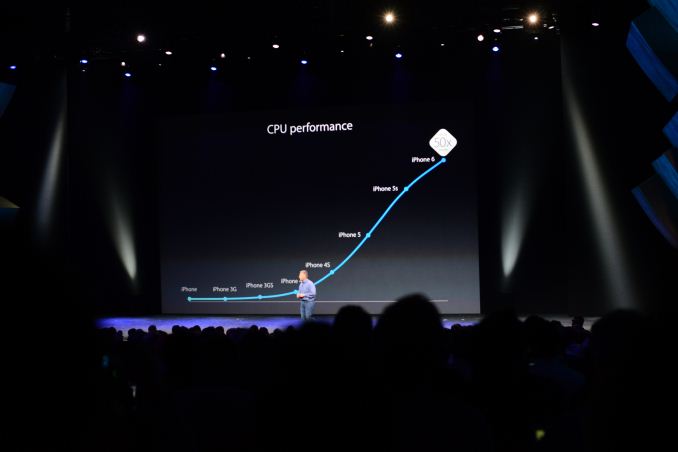








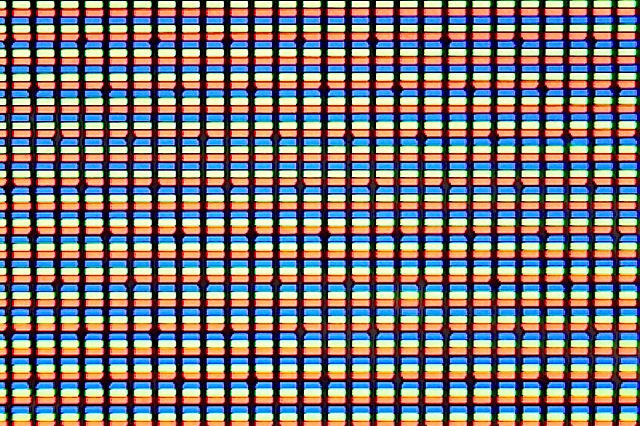
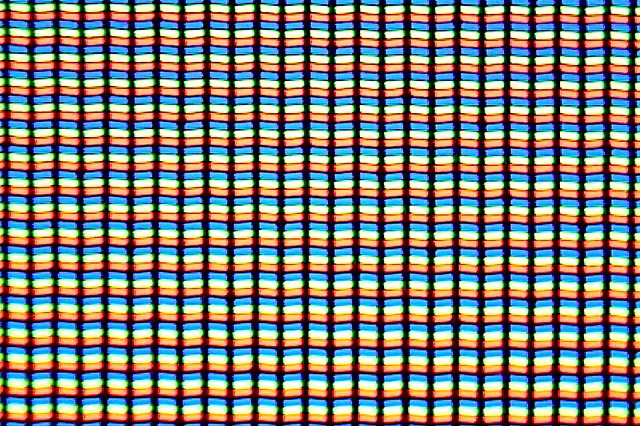

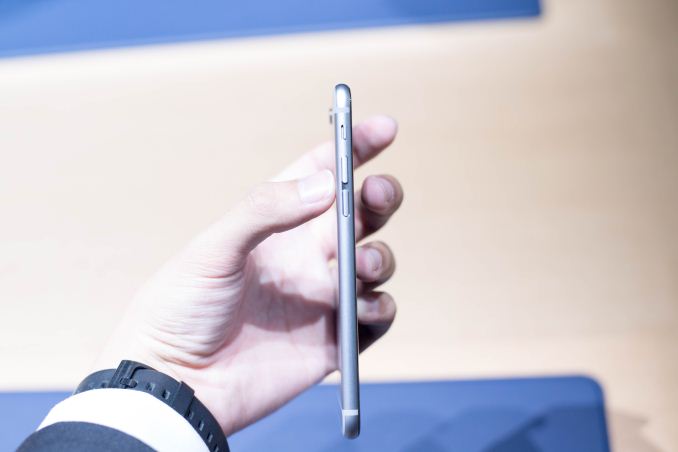
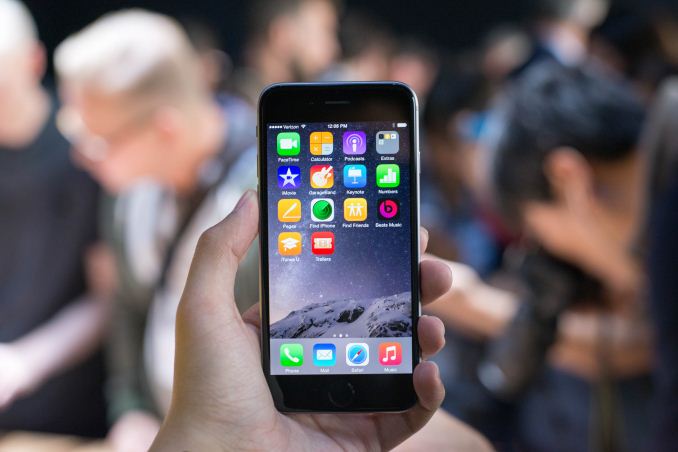
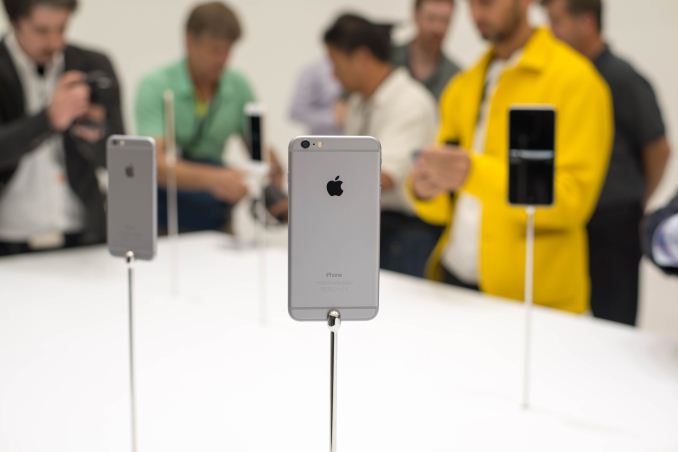
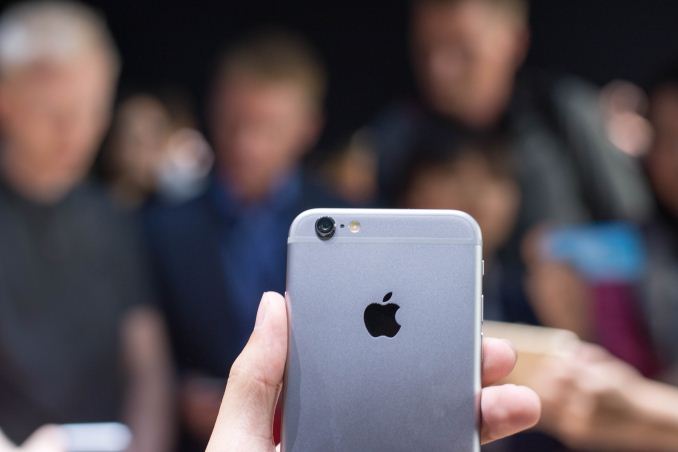
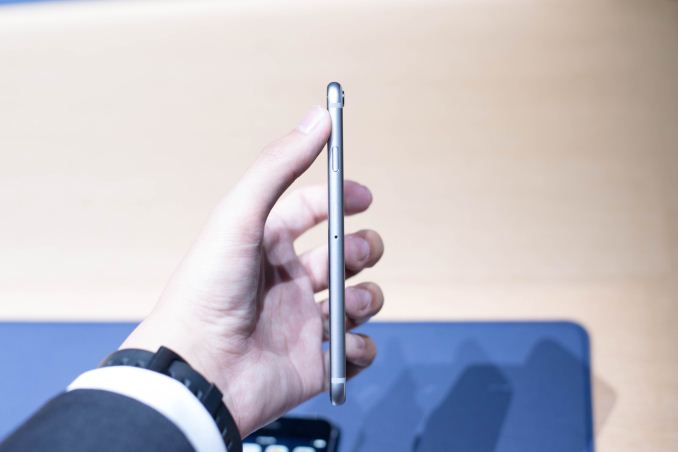
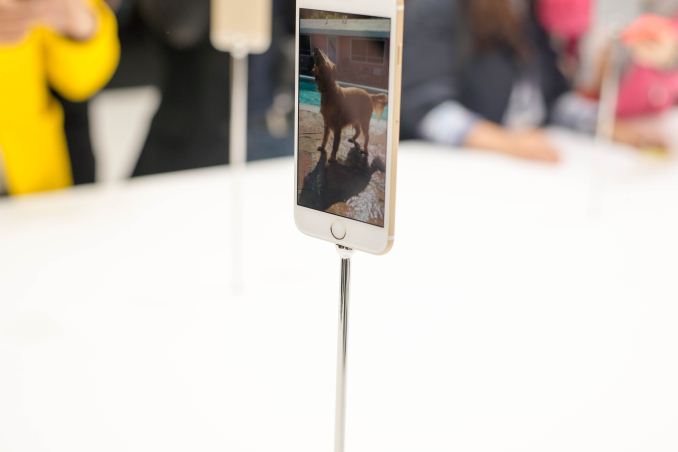
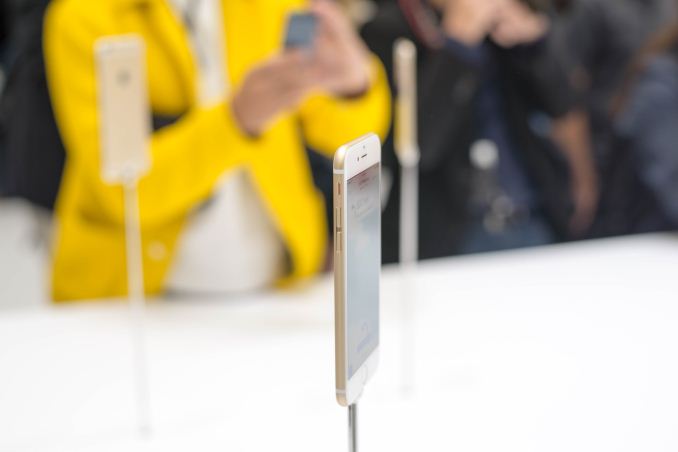
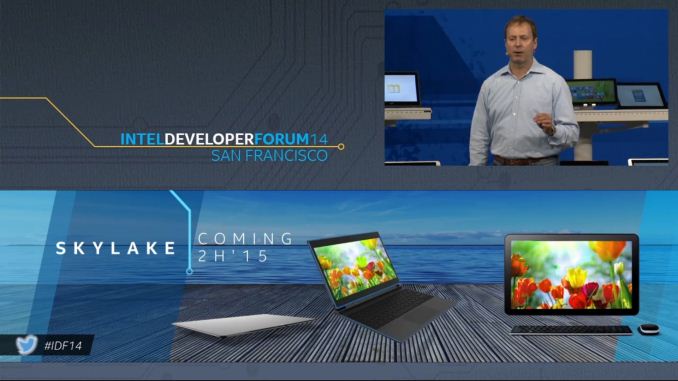
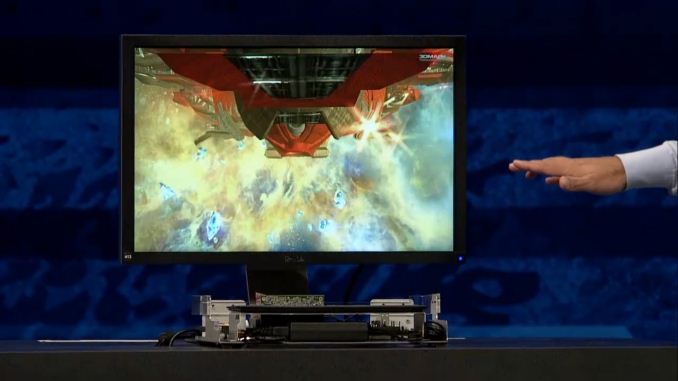
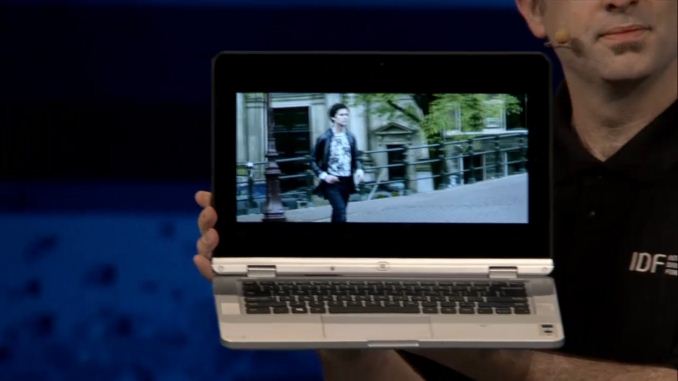








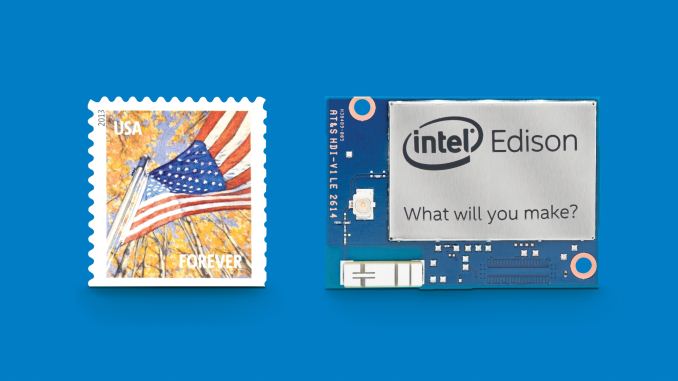
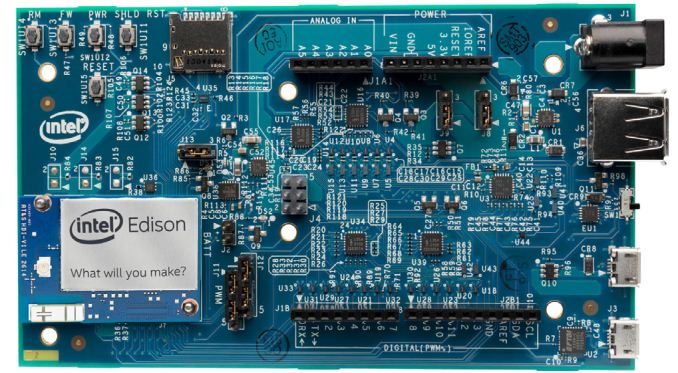


















Bookmarks